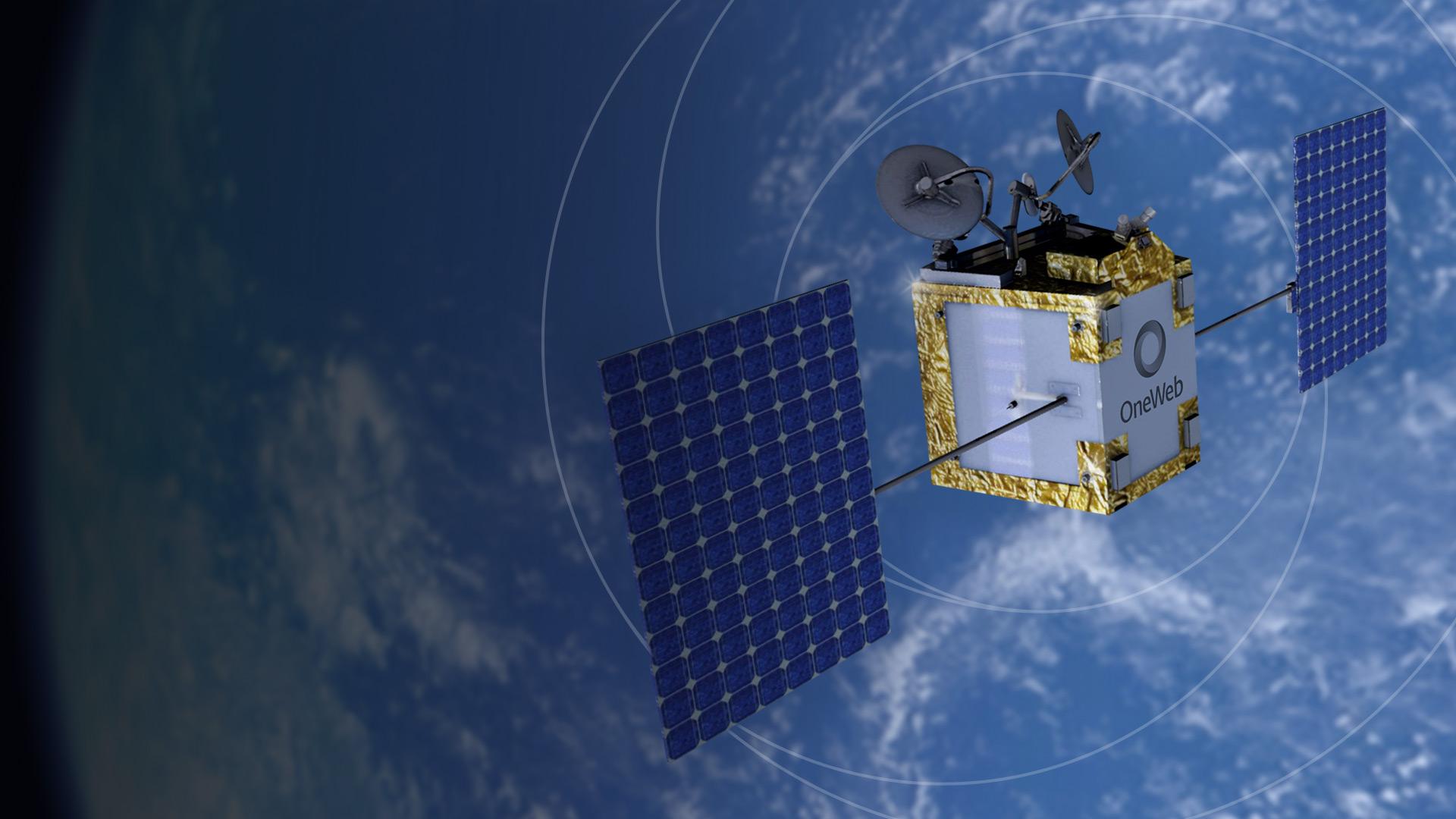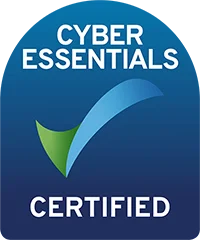In 2022 security researcher Lennert Wouters managed to hack into a Starlink satellite dish with $25 worth of parts to create a tool that allowed custom code to run on the satellite dishes.
His homemade printed circuit board (PCB) launched a fault injection attack to bypass the security protocol. This way, the researcher managed to get into previously locked parts of the system. The attack “can be used to find out more about how the Starlink network operates. All existing user terminals are vulnerable” said Wouters.
This would be the first step to hacking the actual satellites, which Wouters did not do as “that’s quite difficult” and instead notified Starlink of the exploit who promptly updated terminals to make the attack harder. They could not however, fix the underlying issue without replacing the main chip on the terminal.
Does this mean Starlink is a cyber risk to your vessel or your guest’s sensitive information?
In short, probably not. With a higher profile than OneWeb (or any other service), Starlink will be more prone to hackers and researchers attempting to identify exploits and subsequently more prone to media outlets reporting on such. With the majority of the developed world now aware of Starlink, this makes for a great headline whereas OneWeb is certainly not as well known outside of the maritime industry.
It is important to note that Starlink obviously takes security very seriously and as such they have built the system with the principles of assumed breach and least privilege. One example of this is that satellites only see encrypted user traffic passing through them – an attacker who compromises a satellite therefore can’t snoop on your traffic.
How does Starlink and OneWeb handle my data?
This is where the two companies differ greatly, and this is a reason we have seen several vessels choose not to employ Starlink (warranted or not).
Starlink can be considered a “straight to internet” connection, meaning theoretically a hacker could come knocking directly to your front door (i.e. your firewall). This theory is of course operating on some large assumptions.
OneWeb allows its handful of network providers to handle and manage traffic with Points of Presence (PoPs) and add layered security protocols. This additional traffic routing and security contributes to a slightly greater latency than Starlink.
The provider that OneWeb and RoamingExpert are partnered with use Advanced Encryption Standard (AES) and Media Access Control Security (MAC-SEC) to ensure fast and efficient protection against even the most advanced cyber threats.
Are there any other benefits to the additional traffic management besides security?
Do you have a kerio or other bandwidth management tool onboard? These are often used to prioritise certain traffic such as VOIP or even Whatsapp calling. Once this traffic leaves your vessel however, there is no further shaping, and the protocols will be served on a best effort basis.
The OneWeb PoPs can prioritise traffic based on your requirements – for example, video calls, VOIP etc can all be prioritised over Instagram or TikTok videos, resulting in a more effective use of the available bandwidth.
Summary:
Both Starlink and OneWeb are secure but with OneWeb it could be argued that the additional layers of security and traffic management tools are an advantage to an organisation that values these services.
Does Starlink explicitly publish its security protocols? No… but then again, does your ISP at your home?
For more detailed information please visit our Starlink page or view the OneWeb page.




